Here are a few more photos of rhinos that I had flagged for posting.
Have a great evening!

1/400 sec, f5.6, ISO 1000
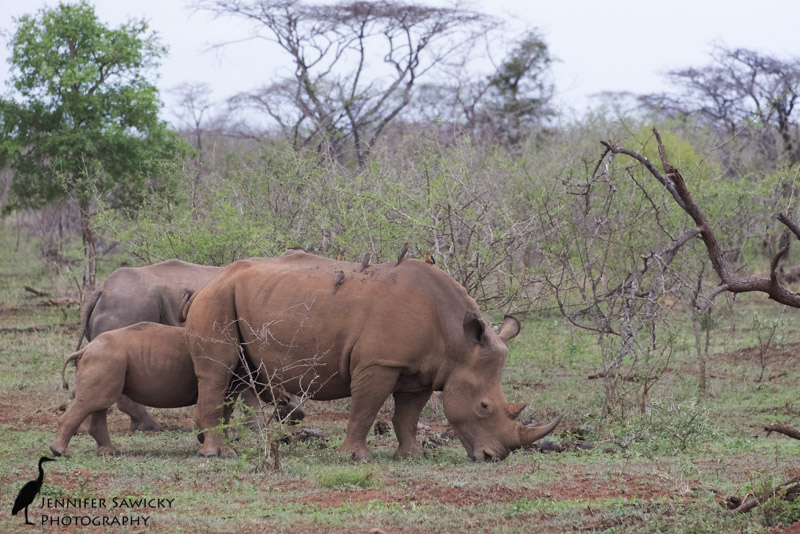

1/400 sec, f5.6 ISO 640
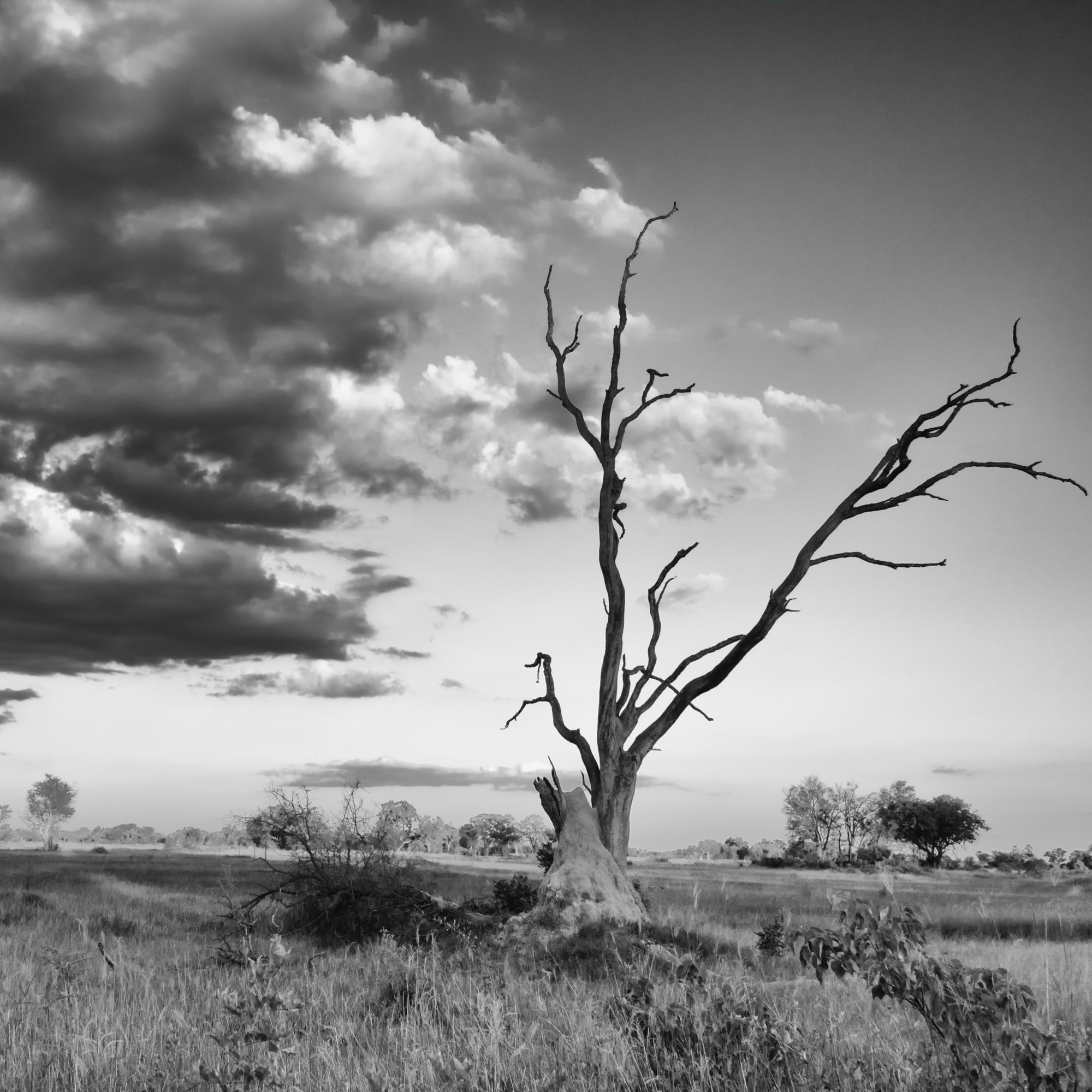
Showcasing the beauty of Mother Nature
Here are a few more photos of rhinos that I had flagged for posting.
Have a great evening!



I had the privilege of experiencing tracking white rhino on foot. The original hope had been that it would provide us with some great photo opportunities, but the rhino were spending the day in fairly thick bush grazing. In order to remain downwind of them, we ended up in some thick bush as well.
While the photography aspect didn’t pan out as the organizers had hoped, it was a truly special adventure which I enjoyed immensely.

Here are the last few cheetah photos that I had flagged for editing from my October / November 2014 project with Wildlife ACT. It took a few days for our first sighting of Kalahari the cheetah, but I was very lucky to get to spend a fair bit of time in his presence, and learn a bit about his personality.
I’m not sure what will be up next, but I still have quite a few photos from that trip that I would like to share. Have a great day everyone!

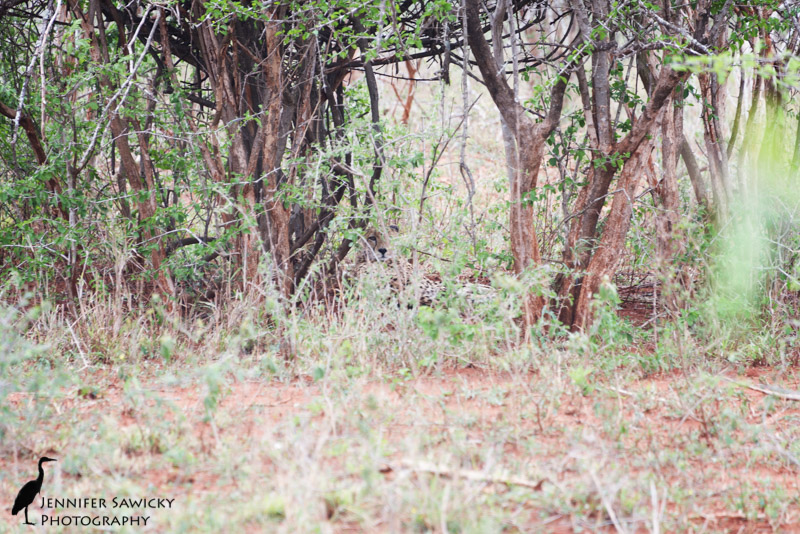

There are sugar cane fields surrounding portions of Zimanga Private Game Reserve, and on some of our tracking outings, we would follow the cane field fence lines to get where we were going. After tracking the cheetah for some time, we finally spotted him, but I am sure the worker cutting cane (probably less than 10 metres away) didn’t have a clue he was there.
Given the sheer quantity of warthogs I saw while at Zimanga Game Reserve, I’m surprised it has taken me this long to post any photos of them. They were everywhere I looked, from dawn till dusk. In our yard, wandering down the road (and seeming to take great joy in holding up the vehicle progress) and I am pretty certain there was at least one (probably more) hanging around every time we stopped the vehicle to do our tracking.
They could be described as having a face only a mother could love, but honestly I found something kind of endearing about them. And if nothing else, I really, really needed to work on a blog post of a land dweller, or I’d have to change the tagline of my site to “Images of birds and more birds”.
Have a great evening!

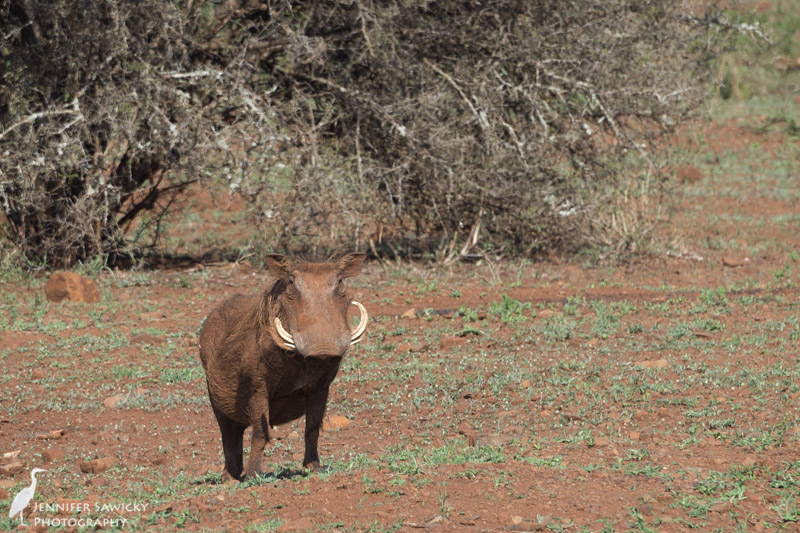
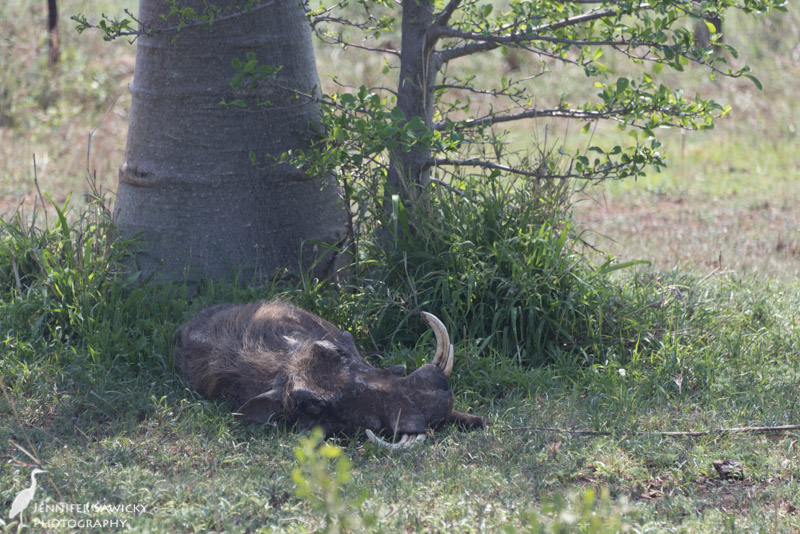

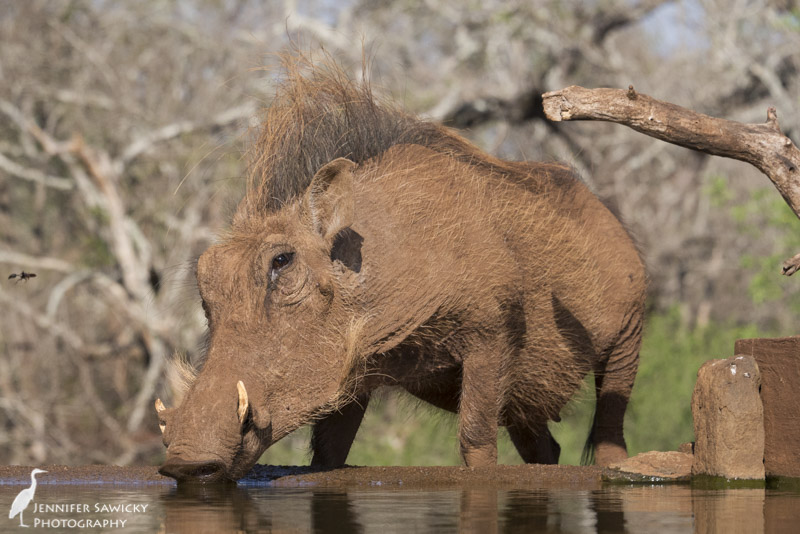
We came across a journey of giraffe during a mid-afternoon photo drive on Zimanga Game Reserve. Several of the males had gathered together away from the rest and were busily beating on each other using head, neck and horns. It only seemed to be play fighting, rather than any real push to establish dominance as they seemed to far too young for that.
From Wikipedia:
“Adult giraffes do not have strong social bonds, though they do gather in loose aggregations if they happen to be moving in the same general direction. Males establish social hierarchies through “necking”, which are combat bouts where the neck is used as a weapon. Dominant males gain mating access to females, which bear the sole responsibility for raising the young.”